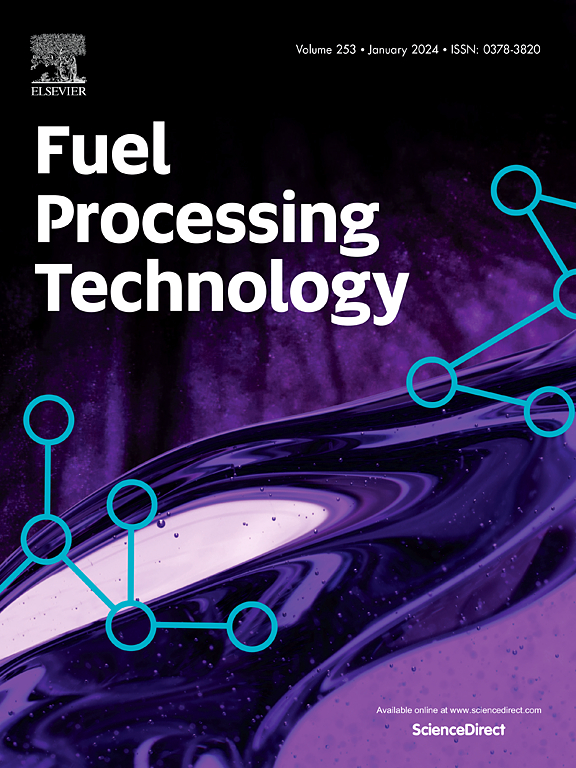Co-pyrolysis of polymers: Recent advances, challenges and perspectives
IF 7.7
2区 工程技术
Q1 CHEMISTRY, APPLIED
引用次数: 0
Abstract
In recent decades, the use of polymers, including plastics and tires, has dramatically increased. Large quantities of plastic and tire waste are generated and enter the environment, causing long-lasting ecological problems for mankind because they are extremely difficult to degrade naturally. It is imperative to find a solution to handle and recycle waste plastics and tires. Co-pyrolysis of polymers with biomass, coal and other materials is a promising method for recovering polymers and producing fuels and other value-added materials. This review focuses on various types of polymer co-pyrolysis, such as plastic-biomass, plastic-coal, tire-biomass, tire-coal, and plastic-tire co-pyrolysis. The study pays attention to the kinetics calculation and synergistic effects of co-pyrolysis. Furthermore, the influence of factors such as temperature, reactants, and catalysts on the co-pyrolysis process is discussed. The study also delves into the solid, liquid, and gaseous products of co-pyrolysis and explores potential applications. Additionally, the application of machine learning in co-pyrolysis research is highlighted. The goal is to provide viable pathways for the efficient recycling of polymers, enhance waste management, and achieve synergistic effects in energy and value-added product recovery.
聚合物共热解:最新进展、挑战和展望
近几十年来,包括塑料和轮胎在内的聚合物的使用急剧增加。大量的塑料和轮胎废弃物产生并进入环境,由于其极难自然降解,给人类造成了长期的生态问题。找到处理和回收废旧塑料和轮胎的解决方案是当务之急。聚合物与生物质、煤和其他材料共热解是一种很有前途的回收聚合物和生产燃料和其他增值材料的方法。综述了聚合物共热解的几种类型,如塑料-生物质、塑料-煤、轮胎-生物质、轮胎-煤和塑料-轮胎共热解。研究重点是共热解的动力学计算和协同效应。讨论了温度、反应物、催化剂等因素对共热解过程的影响。该研究还深入研究了共热解的固体、液体和气体产物,并探索了潜在的应用。此外,还重点介绍了机器学习在共热解研究中的应用。目标是为聚合物的有效回收提供可行的途径,加强废物管理,并在能源和增值产品回收方面实现协同效应。
本文章由计算机程序翻译,如有差异,请以英文原文为准。
求助全文
约1分钟内获得全文
求助全文
来源期刊

Fuel Processing Technology
工程技术-工程:化工
CiteScore
13.20
自引率
9.30%
发文量
398
审稿时长
26 days
期刊介绍:
Fuel Processing Technology (FPT) deals with the scientific and technological aspects of converting fossil and renewable resources to clean fuels, value-added chemicals, fuel-related advanced carbon materials and by-products. In addition to the traditional non-nuclear fossil fuels, biomass and wastes, papers on the integration of renewables such as solar and wind energy and energy storage into the fuel processing processes, as well as papers on the production and conversion of non-carbon-containing fuels such as hydrogen and ammonia, are also welcome. While chemical conversion is emphasized, papers on advanced physical conversion processes are also considered for publication in FPT. Papers on the fundamental aspects of fuel structure and properties will also be considered.
 求助内容:
求助内容: 应助结果提醒方式:
应助结果提醒方式:


